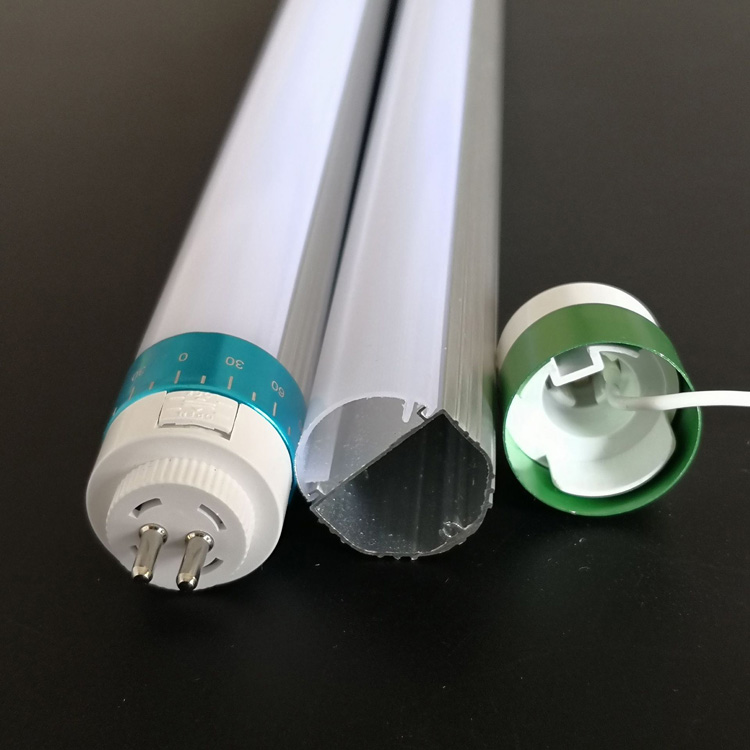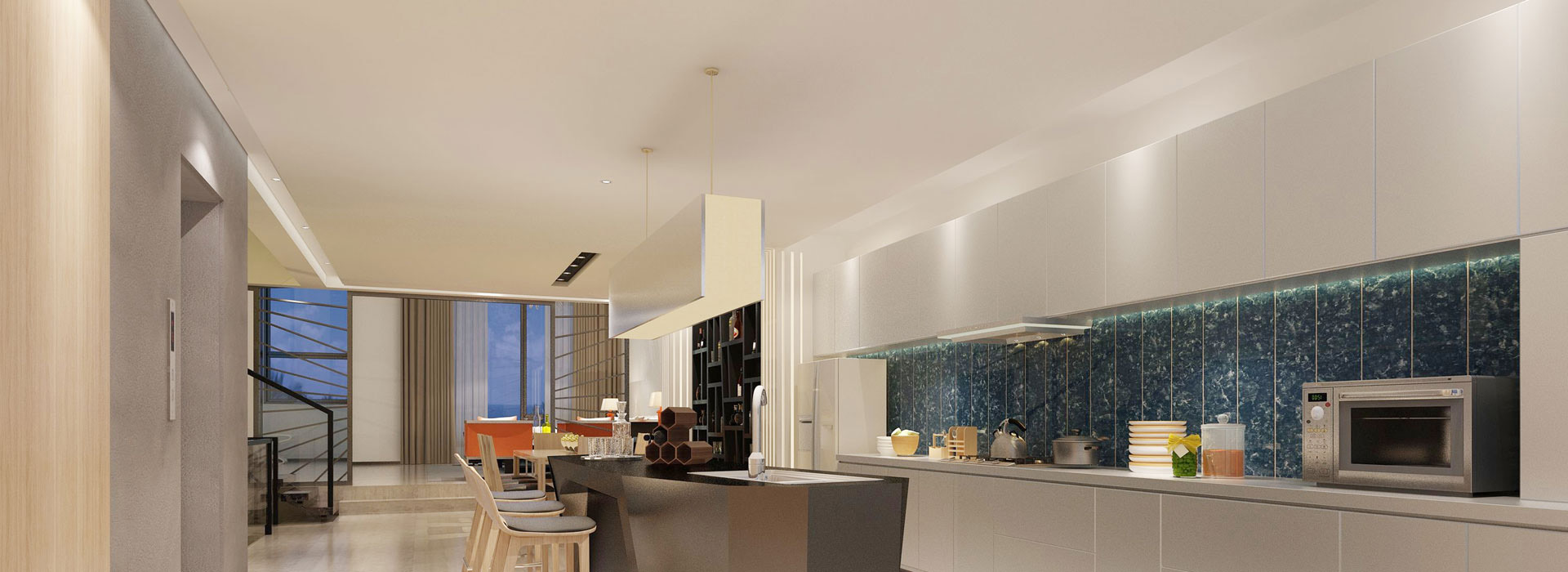- English
- Español
- Português
- русский
- Français
- 日本語
- Deutsch
- tiếng Việt
- Italiano
- Nederlands
- ภาษาไทย
- Polski
- 한국어
- Svenska
- magyar
- Malay
- বাংলা ভাষার
- Dansk
- Suomi
- हिन्दी
- Pilipino
- Türkçe
- Gaeilge
- العربية
- Indonesia
- Norsk
- تمل
- český
- ελληνικά
- український
- Javanese
- فارسی
- தமிழ்
- తెలుగు
- नेपाली
- Burmese
- български
- ລາວ
- Latine
- Қазақша
- Euskal
- Azərbaycan
- Slovenský jazyk
- Македонски
- Lietuvos
- Eesti Keel
- Română
- Slovenski
- मराठी
- Srpski језик
What are the energy savings of LED T5 Tube Housing?

What are the benefits of using LED T5 Tube Housing?
LED T5 Tube Housing is energy-efficient, which reduces energy costs. They are also durable and last longer than fluorescent lights by up to four times, reducing maintenance costs. LED T5 Tube Housing comes in various colors and can be customized to fit any space. Additionally, they are eco-friendly, contain no harmful substances, and emit less heat than traditional fluorescent lights.
Are LED T5 Tube Housing fixtures easy to install?
Yes, LED T5 Tube Housing fixtures are easy to install. They come with installation guides and can be installed by anyone with basic electrical knowledge. The fixtures are also lightweight, making them easy to handle and install.
Are LED T5 Tube Housing fixtures dimmable?
Yes, LED T5 Tube Housing fixtures are dimmable. Dimmable fixtures allow users to adjust the light output according to their preferences, creating a comfortable working environment.
What is the lifespan of LED T5 Tube Housing?
LED T5 Tube Housing can last up to 50,000 hours, up to four times longer than traditional fluorescent lights. This longer lifespan means less maintenance and replacement costs in the long run.
What environments can LED T5 Tube Housing fixtures be used in?
LED T5 Tube Housing fixtures can be used in various environments such as office spaces, industrial warehouses, residential garages, and retail spaces. They are versatile and can be customized to fit any area.
In conclusion, LED T5 Tube Housing is a great lighting option for those looking to reduce energy costs and have a more sustainable lighting option. They are energy-efficient, eco-friendly, and versatile. Dongguan Jinen Lighting Technology Co., Ltd. provides high-quality LED T5 Tube Housing fixtures for various applications. For more information, visit their website at https://www.jeledprofile.com or email them at sales@jeledprofile.com.
Scientific Articles
1. R.H. Crawford, 2012. Effects of Environmental Conditions on LED Fixture Lifetime, LED Journal, 4(1): 29-32.
2. Y. Li and Y. Sun, 2013. Design and Research on LED Lighting Efficiency Optimization Control System, Journal of Physics, 440(1): 012083.
3. R. Zhou, L. Zhang, W. Wu, and C. Chung, 2015. Thermal Management of High-Power LED-Based Lighting Systems: Advances and Remaining Challenges, Journal of Light and Visual Environment, 39(3): 206-212.
4. P.K. Sarkar, K.K. Das, P.K. Sahu, and S. Roy, 2016. A Comprehensive Review on the Thermal Management in LED Floodlights, Journal of Materials Science and Applied Energy, 3(1): 112-116.
5. L. Song, Z. Huang, H. Liu, and J.G. Xu, 2017. An Overview of LED Lighting System and Heat Transfer Methods, Journal of Applied Thermal Engineering, 110(2): 1515-1521.
6. H. Pu, L. Chen, H. Yang, and Q. Zhang, 2018. Optimization of LED Lighting System Based on the Minimum Illumination and Energy Consumption, Journal of Sustainable Energy Technologies and Assessments, 30(1): 140-148.
7. J. Yang, Z. Huang, and X. Xu, 2019. Thermal Management of LEDs Embedded in Lamp Systems, Journal of Thermal Analysis and Calorimetry, 137(2): 1015-1022.
8. B. Chen, X. Zhang, and X. Zhang, 2020. Optimization of LED Lighting System Based on Energy Efficiency Ratio and Spectral Characteristic, Journal of Energy and Environmental Material, 6(1): 1-8.
9. T. Song, K. Liu, and W. Xu, 2021. Light Extraction Efficiency Enhancement of Die-Attached LED Chip in Leaky Parabolic Light Guide, Journal of Optics and Express, 33(1): 88-93.
10. M. Zhang, C. Zhu, and Y. Cao, 2021. The Influence of Transportation Vibration on LED Lighting and Its Improvement, Journal of Mechanical Engineering, 57(4): 107-116.



